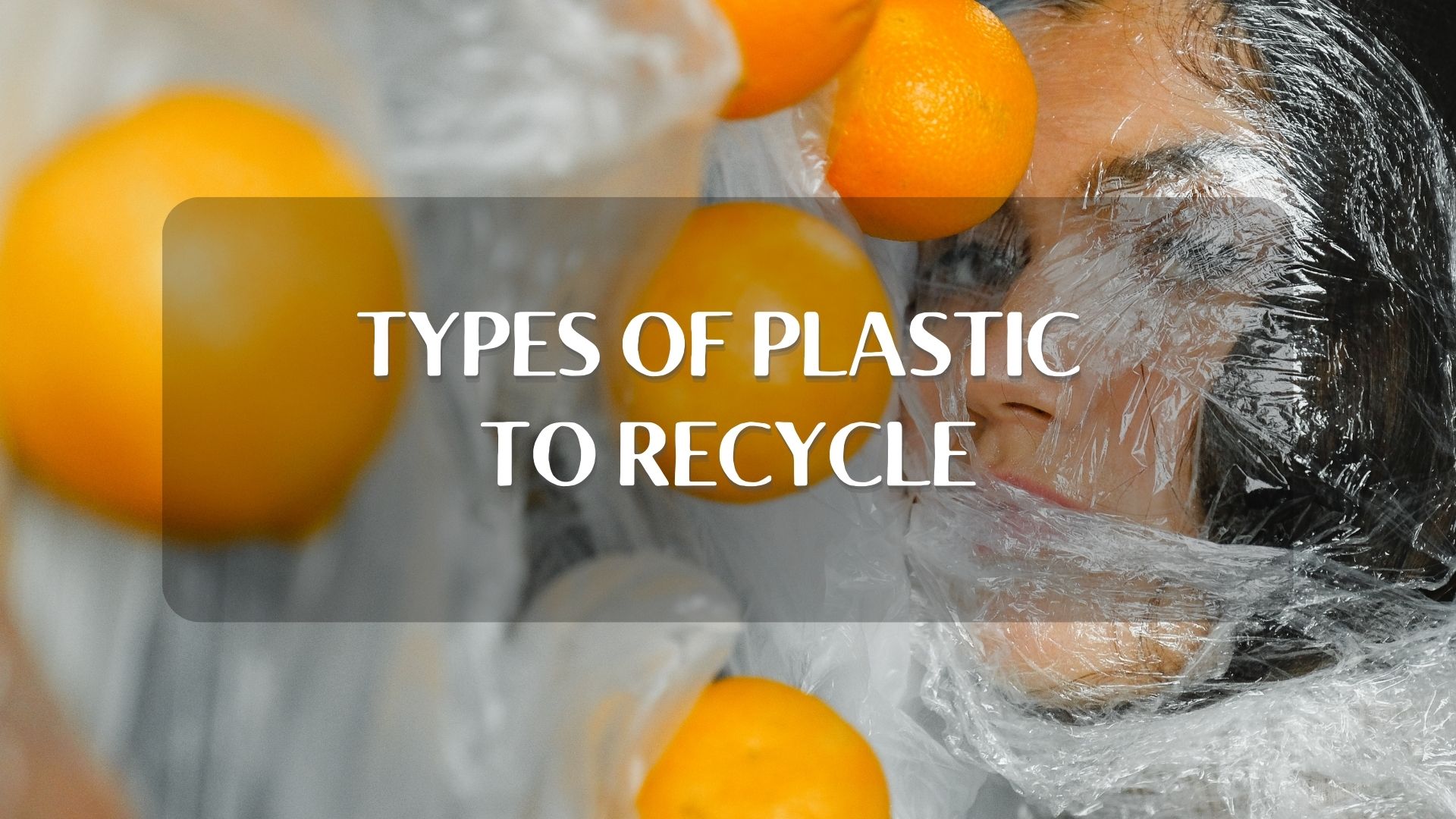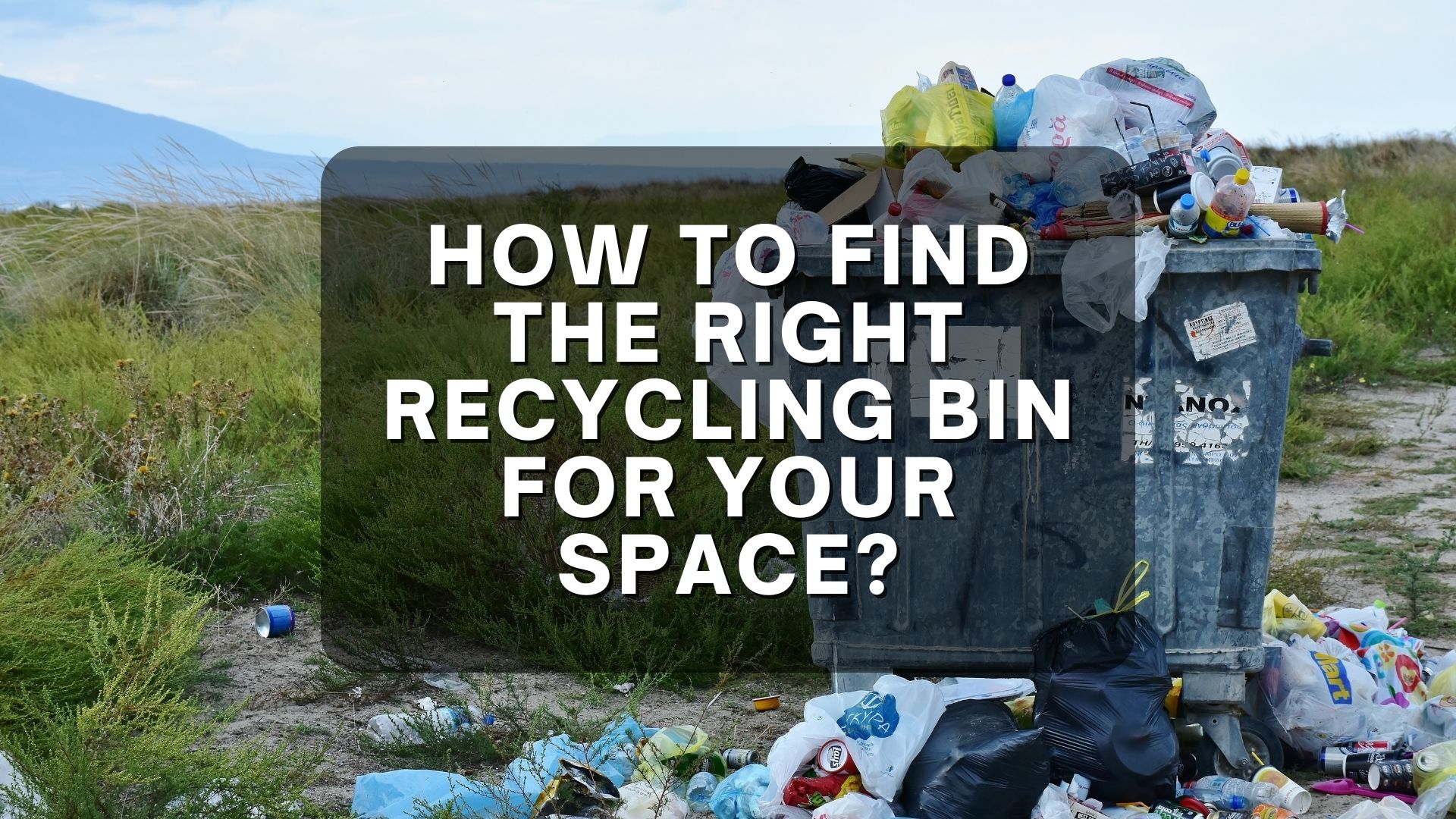
The planet is now dominated by plastic. Whether you’re buying fruit or cleaning products, it has become inevitable in grocery shops. In your house, from your phone case to your cosmetic items, you may also find them everywhere. Plastic is unfortunately one of the major sources of garbage since it is so ubiquitous: A landfill can take up to 100 years to break down 91% of plastic, which means it goes there directly.
Types of plastic to recycle
Don’t punish yourself if you purchase anything that is wrapped in or made of plastic when there are several alternatives to use less plastic. Since it is used so regularly, it is really difficult to entirely stop using it.
So, learning how to use less plastic is one of the finest things you can do. Additionally, start paying more attention to the type of plastic an item is made of when you do decide to buy anything.
We have listed six varieties of plastic and all the information you need to know about each one, including how to properly recycle or properly dispose of a specific item. Moreover, how to prevent using particular plastics.
Polyethylene Terephthalate
Many sodas and water bottles include Polyethylene Terephthalate as their body material (PET or PETE). The bottle and container industries frequently utilize it since it is secure. Additionally, it is recyclable and simple to reuse and repurpose. Therefore, even if you get a single-use plastic item like a water bottle, there are several things you can take to prevent it from ending up in a landfill.
High-Density Polyethylene
It is a remarkably durable resin used for a variety of products, including shampoo bottles, playground equipment, lids, milk jugs, recycling bins, and shopping bags. It is thicker and tougher than PET because it is formed of long, unbranched polymer chains. Given that HDPE is one of the most easily recycled plastic polymers, most recycling facilities across the world accept it for disposal.
Polyvinyl Chloride
PVC, often known as vinyl, is one of three polymers that are particularly challenging to recycle using curb side recycling systems. As phthalates, which may be harmful to human health, have been connected to their emission, it has also been ruled hazardous. Backpacks, credit cards, household appliances, shampoo bottles, and other items can all be found to contain PVC. PVC is frequently used to manufacture even plastic wrap.
Low-Density Polyethylene
Low-density molecules in LDPE are what give this resin its thin and flexible shape. It can be produced easily and cheaply since it has the simplest structure of any plastic. It is not frequently recycled through curb side programs, despite being used in plastic bags, different receptacles, dispensing bottles, and most infamously for plastic wraps.
Polypropylene
One of the safest polymers, polypropylene (PP), has received FDA approval for use in contact with food. Because of this, containers for yogurt, cream cheese, butter, and other foods are frequently made with it. The polypropylene market, the second-most frequently manufactured commodity plastic, is anticipated to expand even further during the next years. It is tough and durable, can tolerate extreme temperatures, and is used in disposable diapers, vehicle components, thermal vests, yogurt containers, tupperware, and even clothing.
Polystyrene
One of the worst of the lot is polystyrene (PS), which Dow Chemical Company trademarks as Styrofoam. It is made of styrene, which is probably carcinogenic to humans. Additionally, it is difficult to recycle, so items like takeout containers, throwaway plates, coffee cups, and foam packaging typically wind up in the trash unless you can find a reputable drop-off place nearby.
Barriers in Recycling
Practically most plastic could be recycled. Though, several obstacles might thwart this procedure. Unfortunately, doing so is not always practical in terms of the environment, the economy, or technology. The following are some barriers to recycling:
- Items frequently contain several layers and plastic kinds that are difficult to separate, making recycling labour-intensive and expensive.
- Food and other items may often contaminate plastics, rendering the resins unfit for reuse.
- Only until a significant volume of plastic is processed each day can be recycling plants, which cost millions to construct and maintain, become lucrative.
- Due to poor efficiency and soaring prices, recycling lesser amounts of plastics may become unprofitable and uneconomical.
But resist giving up! Despite these obstacles, recycling still takes place, and amazing items are produced as a result. Most recycled plastic is derived from post-consumer materials. This implies that after passing through the proper procedure, the milk jugs, bottles, and packaging films that you discard in the recycling bin will turn into post-consumer recycled content!
How to Recycle Plastic?
Traditional Recycling
The most prevalent recycling process is this one. Another name for traditional recycling is mechanical recycling. This method enables the recycling of thermoplastic materials.
Plastics are often recycled by being melted down and made into new plastic products. Before employing an injection moulding process to create new objects, recycling businesses first melt the plastic.
Advanced Recycling
By using advanced recycling, plastic may be broken down via chemical reactions. Three additional approaches make up this technique. These methods consist of gasification, pyrolysis, and chemical recycling.
Recycling used plastic into crude oil is a process known as pyrolysis. Chemical recycling involves breaking down a polymer into a monomer that may be used to make new things. Manufacturers, for instance, use chemical recycling to create nylons.
Recycling techniques old and new both have advantages. The facilities available will, however, determine which of the two ways may be used. The recycling process is also determined by the final product a recycler wants to generate. Nonetheless, the recycling process is the same in all ways.
Numerous uses for plastics may be found in daily life. This article by Power Bear has described which plastic to recycle, and the advantages recycling plastic will bring to the planet. Therefore, don’t simply discard a plastic bottle when you’ve finished using it.
While recycling rates have risen over the past years in every nation, there is still a long way to go before plastic recycling reaches the same levels of material reuse as glass and aluminum. But with a little help from everyone, recycling will hopefully overtake disposal of plastic as the preferable option.

